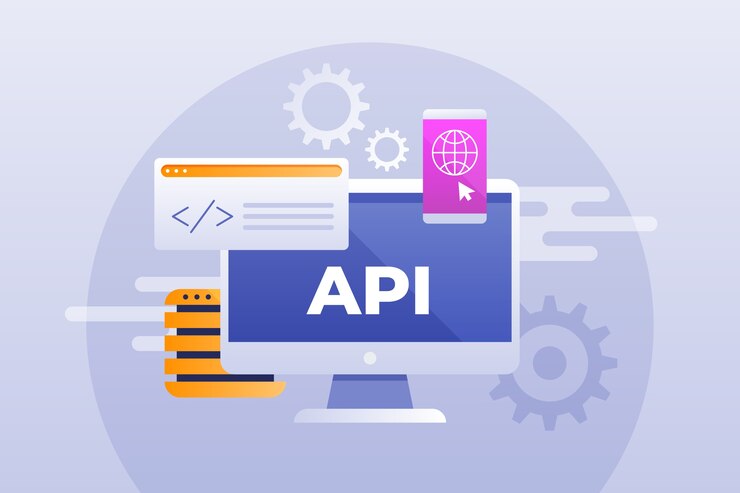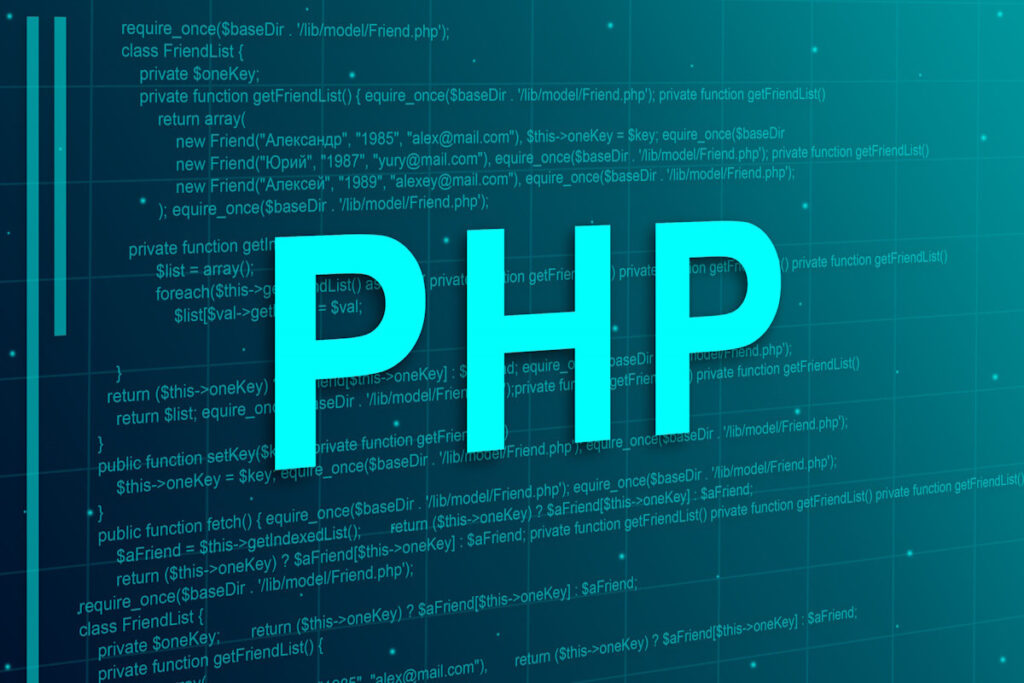
2024-05-28;
Demystifying API Development and Integration
In the realm of modern software development, Application Programming Interfaces (APIs) serve as the linchpin that connects disparate systems, enabling seamless communication and data exchange.
In the realm of modern software development, Application Programming Interfaces (APIs) serve as the linchpin that connects disparate systems, enabling seamless communication and data exchange. Understanding how API development and integration work is crucial for developers and businesses looking to leverage the power of interconnected technologies. In this article, we'll explore the inner workings of API development and integration, demystifying the process for beginners and shedding light on best practices for optimal performance and SEO visibility.
What is API Development?
API development involves the creation of interfaces that allow different software applications to communicate with each other. It serves as a bridge between systems, enabling them to exchange data and perform actions seamlessly. At its core, API development entails:
Designing Endpoints: Defining the URLs or endpoints through which clients can access the API's functionality.
Specifying Data Formats: Determining the format in which data will be transmitted, such as JSON (JavaScript Object Notation) or XML (eXtensible Markup Language).
Implementing Authentication: Establishing mechanisms to authenticate and authorize users or applications accessing the API, ensuring security and data privacy.
Handling Requests and Responses: Processing incoming requests from clients and returning appropriate responses based on the requested actions or resources.
How Does API Integration Work?
API integration involves incorporating external APIs into an existing software application or system to extend its functionality or access external services. The process typically follows these steps:
Discovering and Selecting APIs: Identifying relevant APIs that offer the desired functionality or services needed for integration. This may involve researching API directories, reading documentation, and evaluating factors like reliability, scalability, and cost.
Obtaining API Credentials: Acquiring the necessary credentials, such as API keys or access tokens, to authenticate and authorize access to the external API's resources.
Implementing API Calls: Writing code to make requests to the external API's endpoints, passing required parameters, and handling responses, including error handling and data parsing.
Integrating API Responses: Incorporating the data or services retrieved from the external API into the existing application workflow, whether it involves displaying information to users, processing data, or triggering automated actions.
Best Practices for API Development and Integration
Follow Standardized Protocols: Adhere to established standards and protocols like RESTful APIs or GraphQL to ensure compatibility and interoperability with other systems.
Prioritize Security: Implement robust authentication mechanisms, encryption protocols, and access controls to protect sensitive data and prevent unauthorized access or data breaches.
Optimize Performance: Design APIs for efficiency and scalability, minimizing latency, optimizing resource usage, and implementing caching mechanisms to improve response times.
Provide Comprehensive Documentation: Create clear and concise documentation that explains API endpoints, parameters, authentication methods, and usage examples to facilitate integration for developers.
Monitor and Maintain: Continuously monitor API performance, usage metrics, and error logs, and proactively address issues, update documentation, and evolve APIs based on feedback and changing requirements.
SEO Optimization for API Development and Integration Content
To enhance the SEO visibility of content related to API development and integration, consider the following strategies:
Keyword Research: Identify relevant keywords and phrases related to API development, integration, and specific technologies or use cases using keyword research tools like Google Keyword Planner or SEMrush.
Create Engaging Content: Develop informative and engaging articles, tutorials, case studies, and best practices guides that address common challenges, provide actionable insights, and offer solutions for developers and businesses.
Optimize Meta Tags and Headings: Incorporate target keywords into article titles, meta descriptions, headings, and subheadings to improve search engine ranking and visibility.
Internal and External Linking: Include internal links to related articles or resources within your website to improve site structure and navigation. Additionally, link to authoritative sources or relevant APIs to enhance credibility and relevance.
Mobile Optimization: Ensure your website and content are mobile-friendly and optimized for search engines to improve visibility and accessibility across devices, considering the increasing prevalence of mobile browsing.
By incorporating these best practices and SEO strategies into your content on API development and integration, you can effectively enhance its visibility, attract a broader audience, and establish your expertise in this critical area of modern software development.


